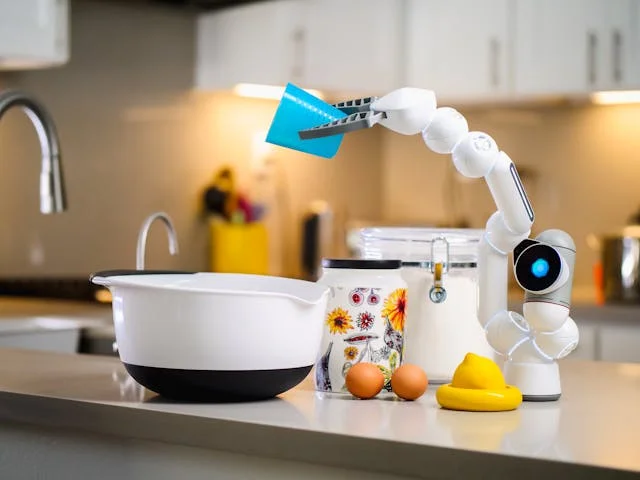Businesses are constantly seeking ways to enhance efficiency while maintaining high-quality customer service. One solution that has gained momentum is customer support automation. From chatbots to self-service portals, automation tools can streamline the customer experience, saving time for both businesses and consumers. However, while automation is a powerful tool, there are limitations to what it can achieve. Understanding the balance between what can and can’t be automated in customer support is crucial for creating a seamless and personalized experience.
The Power of Automated Responses
One of the most common and successful forms of customer support automation is the use of automated responses. Chatbots, for instance, are highly effective at handling frequently asked questions. Whether it’s assisting customers with simple inquiries like checking order status or resetting passwords, automation can provide immediate answers, reducing wait times and alleviating pressure on human agents. These tools are particularly valuable for handling repetitive tasks, freeing up human resources for more complex issues.
Automating Data Collection
Another key area where automation excels is in gathering customer information. Through automated forms or pre-chat surveys, businesses can collect relevant data before human intervention is required. This allows support agents to have a clearer understanding of the customer’s needs right from the start, ensuring faster resolution times. Automation also ensures that data is accurately recorded and stored, minimizing the risk of human error. However, it’s important to recognize that this process only sets the stage for human-driven solutions.
The Role of AI in Problem Solving
Artificial Intelligence (AI) has made tremendous strides in enhancing automated customer support, especially in diagnosing and solving more complex issues. AI-powered systems can analyze customer queries and suggest solutions based on past interactions, machine learning, or stored knowledge bases. For example, AI can automatically recommend troubleshooting steps for technical problems, providing a near-instant response. However, while AI can assist in solving predictable issues, it often struggles with more nuanced or emotionally charged situations, which still require human empathy and creativity.
The Limitations of Personalization
One of the biggest challenges with automation is achieving true personalization. While automated systems can handle general queries efficiently, they often fall short when it comes to providing personalized solutions. Customers with unique concerns or preferences may feel frustrated when interacting with a system that lacks the flexibility or understanding to address their specific needs. Even with advanced AI, the ability to fully understand and respond to individual human emotions and preferences remains limited.
Situations Requiring Human Empathy
Customer support often goes beyond just providing information or troubleshooting steps—it requires understanding, empathy, and emotional intelligence. When a customer is upset or facing a complex issue, automated responses can sometimes worsen the situation. A bot might fail to grasp the seriousness of the problem or miss the emotional cues that a human agent would pick up on. This is where human agents play an irreplaceable role. They can adapt their tone, provide reassurances, and creatively think through a solution that feels tailored and compassionate.
Striking a Balance Between Automation and Human Support
Finding the right balance between automation and human support is key to creating an effective customer service strategy. Automation works best when it handles routine tasks and information gathering, but humans should always be ready to step in when the situation demands empathy, creativity, or complex problem-solving. One way to strike this balance is by designing an escalation system where the most challenging or emotionally sensitive cases are immediately handed off to human agents. This ensures that customers receive the best of both worlds—speedy responses for simple issues and personalized care for more complicated matters.
The Future of Customer Support Automation
As technology continues to evolve, the capabilities of customer support automation will undoubtedly expand. AI will become better at understanding human emotions, and chatbots will become more sophisticated in handling nuanced situations. However, no matter how advanced automation becomes, it’s unlikely that human agents will ever be completely replaced. Customers will always value personal interactions, especially when faced with challenging or emotional issues. In the future, the most successful customer support systems will be those that seamlessly integrate automation with the irreplaceable qualities of human support.
Automation with a Human Touch
Customer support automation is an invaluable tool for improving efficiency, but it’s important to recognize its limitations. While automation excels at handling routine tasks and gathering information, human agents remain essential for delivering personalized, empathetic service. By striking the right balance, businesses can ensure that their customers receive quick, effective support without sacrificing the personal touch. The future of customer support lies in this synergy, where automation and human interaction work together to provide the best possible experience.








